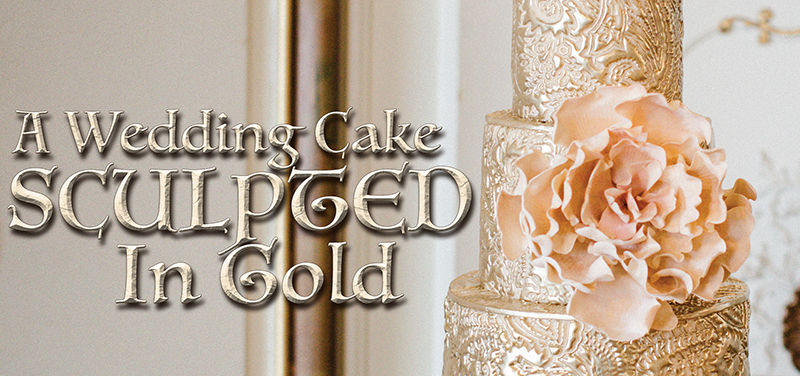traditions.
- Sophisticated Weddings

- Jun 2, 2021
- 3 min read
some wedding traditions have endured and evolved over hundreds of years and are still a part of weddings today because people want to do them.
here are the origins of five of the most common wedding traditions.

photo: Susan Stripling Photography
First, let’s just define “tradition” in a somewhat sarcastic, living-in-a-meme-world kind of way. “Tradition” is peer pressure from people who have long since passed. When it comes to your wedding, don’t feel obligated to do anything you don’t want to do.
Having said that, some traditions are fun. Some are still a part of weddings because people want to do them. Here are the five most common wedding traditions and their origins…
1. Something Old, Something New, Something Borrowed, Something Blue. This actually comes from an old Victorian rhyme. Legend has it that following these “rules” will bring a bride good luck. By wearing “Something old”, the bride is able to keep a bit of her old life with her. Some brides will wear combine the old, borrowed, and blue by wearing an old garter or some other “blue” borrowed from a happily married woman, ensuring a joyous married life.
The “something new” is about the newlyweds beginning a new adventure together. Wearing “something borrowed” celebrates the gift given by the bride’s relatives as a symbol of their undying love.
Last but not least, “something blue” represents loyalty and longevity. Now, the original rhyme includes a fifth part- “A Sixpence In Your Shoe”. British brides will still put a sixpence coin in their shoe before they walk down the aisle to bring luck and wealth to their marriage.

photo: Vanessa Joy Photography
2. The Groom Mustn’t See His Bride Before Their Wedding. Nowadays, this tradition isn’t quite as common as it used to be. But if the couple does avoid each other before the wedding, it usually makes for a wonderful “first look” moment/photo.
The history of this tradition comes from arranged marriages, when the groom wouldn’t even meet his bride until their wedding. By the way, this is the origins of the veil, too. The bride would remain hidden until it was time to meet- and marry- her groom.
3. The Diamond Engagement Ring. This tradition is actually the newest on the list. The engagement ring dates back to Roman times. The ring signified the groom’s (sorry) ownership of his bride. Now, of course, it is a symbol of love and commitment.
The first ever diamond engagement ring on record was the ring Archduke Maximillian of Austria had made in 1477 for his intended, Mary of Burgundy. However, it wasn’t until 470 years later that diamonds became the standard gem for an engagement ring. In 1947 British diamond company De Beers launched their “diamond is forever” advertising campaign.
4. The Veil. As mentioned above, tradition of the bride wearing a veil dates back to a time when arranged marriages were the norm. Other cultures would not only see the bride in a veil but completed wrapped up from head to toe to protect her from evil spirits.
In the 17th and 18th centuries veils fell out of fashion in England and America, returning to popularity in 1840 when Queen Victoria wore a veil in her wedding to Prince Albert.
Nowadays, many brides incorporate the veil as part of their overall look. Some dresses are designed with veils. For a woman looking for her dream dress, seeing herself in the mirror wearing a veil completes the look and makes what is happening more real.
A wedding ceremony has a lot of theatricality. And the bride’s walk down the aisle to her groom, and the lifting of the veil when she arrives or when it is time for the couple to kiss, is the ultimate in theatricality.

pictured above: from the 2019 feature: "Head Over Heels",
with Jenna & Val from ABC's "Dancing With The Stars".
photo: Susan Stripling Photography
5. Saving The Top Tier Of The Wedding Cake. Plenty of couples still do this. You (or the bride’s parents) save the top tier of your wedding cake- or a generous slice, at the very least. The cake comes out of the freezer on your first wedding anniversary.
The custom stems from the 19th century. Families assumed the bride & groom would have their first child within their first year of marriage. The cake was saved for the that child’s first christening- for luck. More and more couples waited beyond their first year to start have children and the saved cake became something for the first anniversary.
For some, eating a defrosted, 12 month old cake isn’t as romantic as it is unappetizing. So not everyone keeps this tradition. We suggest creating a new tradition: ask your wedding cake artist to make a scaled down replica of your wedding cake to enjoy on that first anniversary. You can wear your veil again while you share the cake!



Comments